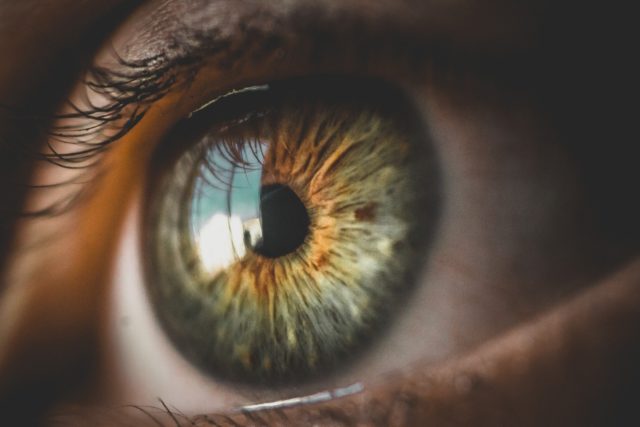
The FDA only recently approved Vabysmo, at the end of January, but Roche is already hyping up its launch, as it hopes to go toe-to-toe against ophthalmology powerhouse Eylea from Regeneron and Bayer.
Talking to investors and analysts after announcing its full-year results this week, Roche’s pharma chief Bill Anderson said “just digging through my text messages,” he found a text from a physician involved in treating “a lot of patients.”
The message said: Wow!! Amazing label! Monthly dosing okay for both [indications]. Huge win. “This is what we’re hearing,” Anderson noted.
The drug nabbed a green light for wet-age related macular degeneration (AMD) as well as a label to treat diabetic macular edema (DME), which makes Vabysmo the lone injectable therapy approved simultaneously in the U.S. for both conditions.
A key advantage for Vabysmo here could be its more flexible dosing regimen. While Regeneron and Bayer’s $8 billion a year blockbuster rival eye drug Eylea is administered once every one to two months, Vabysmo—after a series of four monthly injections—can be taken once every one to four months depending on the patient’s vision outcomes and the anatomy. Evaluate sees sales hitting $1.1 billion by 2026.
“It’s a big deal that [doctors and patients] have flexibility [in dosing] because as we’ve learned from our clinical studies, what’s important is that you get the right dose frequency for each patient,” Anderson said. “And the goal being to really maximize the efficacy, get the maximum gain in visual acuity and then to maintain it.
RELATED: Roche revs up new launches—and a slew of data readouts—as it emerges from the biosim trough
“We think that the vast majority of patients are going to end up getting either one dose every three months or one dose every four months, and we’re not seeing any wrinkles with payers in that approach.
While Vabysmo is the first bispecific antibody therapy for the eye, this is also not Roche’s first rodeo in ophthalmology given its development, launch and marketing work for Lucentis, which is a blockbuster for the company.
Lucentis made $1.46 billion in 2021 and is FDA-approved for a whole host of conditions including neovascular wet AMD and DME, macular edema following retinal vein occlusion (RVO), diabetic retinopathy and myopic choroidal neovascularisation.
RELATED: Regeneron’s Eylea beats out the competition in the U.S. as patient demand picks back up
Back in October, Roche also nabbed an FDA nod for its surgical implant system Susvimo. With Lucentis, Susvimo and Vabysmo, Roche has a major ophthalmology franchise, but there are barriers ahead. Lucentis sales were in fact down 4% in 2021 compared to 2020, and cheaper copycat drugs are threatening its future sales stream. Lucentis is also nowhere near the $8.3 billion Eylea took in for 2020.
And that dosing edge Roche is talking up for Vabysmo also may not last long: Regeneron is working on a higher-dose version of Eylea, which could be administered every four months.
Both Eylea and Lucentis also now contend with Beovu, another wet AMD drug from Novartis (which markets Lucentis outside the U.S.), which was approved in 2019.
Beovu, which carries an FDA label for dosing every eight to 12 weeks after three initial monthly loading doses, is not yet proving to be a major threat: It has been pegged to make peak annual sales north of $4 billion, but its launch plans in 2020 were hampered by the pandemic but—more worryingly for the pharma—also by safety concerns.
The safety concerns center on intraocular inflammation and potential vision loss, and saw Novartis last year nix three Beovu trials testing more frequent dosing on concerns of the vision-threatening side effect.
The drug made just $186 million in 2021, which was in fact down $4 million from the year before period: not the trajectory Novartis would have planned for, and some are worried this will have a readthrough for Roche.
Analysts on the call probed Anderson on safety and whether doctors’ experience with Beovu had shaken their faith in using new eye drugs such as Vabysmo.
“I think it’s fair to say that there could be some of that effect,” Anderson said in response to analysts’ and investors’ concerns on general safety, “but we’re certainly not hearing any specific concerns about Vabysmo from the advisory boards and the conversations we’ve had.”
He said the company has done four phase 3 studies, two in AMD and two in DME, and the data from those trials have “been very thoroughly reviewed,” adding that “physicians have had a good chance to examine it.”






